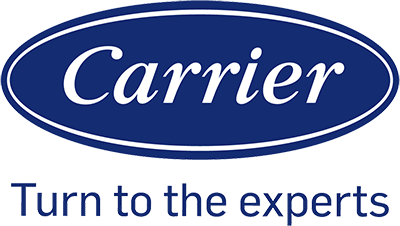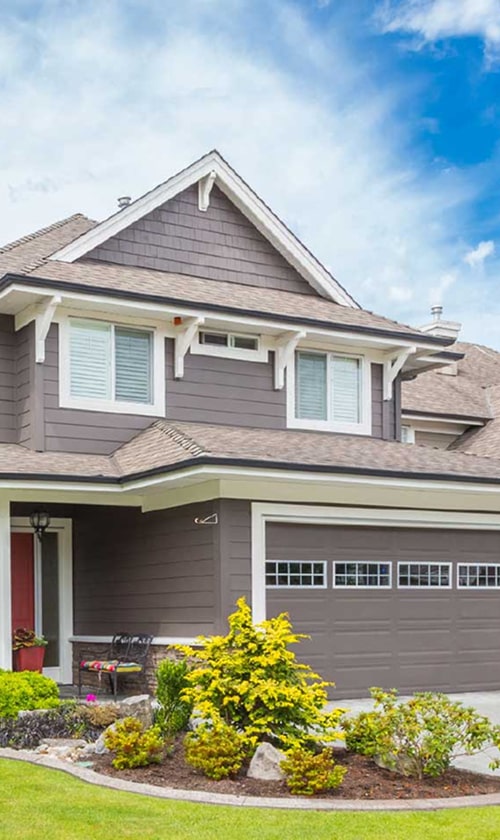Understanding Air Conditioning Filters
Air filters are integral to maintaining the air quality in our homes and the efficiency of our HVAC systems. These filters capture dust, pollen, and other airborne particles, preventing them from circulating through our living spaces. One key aspect of air filters is their MERV rating. This rating indicates how effectively a filter can remove particles from the air, with higher values representing finer filtration.
In terms of materials, air filters come in two common types: fiberglass filters and pleated filters. Fiberglass filters are less expensive and have a lower MERV rating, making them suitable for basic protection. Pleated filters, on the other hand, offer a higher MERV rating due to their increased surface area, thus improving air quality and protection for those with allergies or respiratory issues.
It is essential to choose the right filter size for our HVAC system. An incorrect size can dramatically reduce airflow and efficiency, leading to higher energy bills and potential system damage. To ensure proper fit, we should always measure the old filter or consult our HVAC system’s manual before purchasing a replacement.
Some high-efficiency HVAC systems are compatible with HEPA filters. These filters have a MERV rating of 17 or higher and can theoretically remove at least 99.97% of particles with a size of 0.3 microns. Although HEPA filters offer superior filtration, they also require an HVAC system capable of handling their restrictive airflow without performance issues.
Regular replacement and understanding the nuances of air conditioning filters is crucial for us to keep our HVAC systems running smoothly and the air in our homes clean.
Filter Replacement Procedure

In this guide, we’re focusing on the crucial steps for replacing an air conditioning filter. Proper filter replacement ensures efficient airflow and maintains good air quality.
Identifying the Filter Location
Before we can replace the air filter, we need to find it. In most central air systems, the filter is located in the return air duct near the furnace or air handler. Look for a slot with a removable cover, which might require a screwdriver to unhook the latch.
Removing the Old Filter
Once we’ve located the filter, the next step is to remove it. First, turn off the air conditioning system to avoid any airflow while working. Then, gently slide out the current filter. If it’s dirty or clogged, this confirms replacement is necessary. Be mindful to keep the area clean as dust and debris can escape from a dirty filter.
Selecting the Right Filter
Selecting the right replacement filter is essential for proper filtration. We must measure the old filter to ensure we purchase the correct size. Replacement filters often come with airflow arrows indicating the correct installation direction; alignment with the airflow is crucial for the filter to work efficiently.
Installing the New Filter
For the installation of the new filter, first, confirm the airflow arrows on the filter frame match the direction of the airflow in the duct. Then, slide the replacement filter into the slot until it fits snugly. If the filter does not fit easily, double-check the measurements to ensure it’s the right size. Finally, reattach the front cover or close the latch to secure the filter in place.
With these steps, we’ve completed the filter replacement procedure, ensuring our AC system operates with optimally clean air.
Maximizing Efficiency and Air Quality
Regular maintenance of air conditioning filters is crucial for maximizing energy efficiency and improving indoor air quality. By keeping our filters clean, we reduce the amount of energy required to push air through the system, leading to lower energy bills.
- Efficiency: A clean filter ensures smooth airflow and reduces strain on the heating and air conditioning system. Dirty filters cause the system to work harder, increasing power consumption.
- Maintenance: We recommend checking filters monthly, especially during high usage periods. Replace disposable filters or clean reusable types as necessary, generally every 90 days.
- Air Quality: Clean filters trap dust, dirt, pollen, dander, and other particles more effectively. This prevents contaminants from recirculating, fostering cleaner air inside our homes.
- Health Benefits: Minimizing exposure to allergens is essential for those of us with allergies or pets. A well-maintained filter captures these irritants, reducing the risk of allergy flare-ups.
- HVAC Maintenance: Keeping filters debris-free prolongs the life of the HVAC system and prevents costly repairs.
| Environment | Replacement Frequency |
|---|---|
| Standard homes | Every 90 days |
| Homes with pets | Every 60 days |
| High allergen | Every 30-45 days |
By adhering to these guidelines, we ensure our heating and air conditioning system operates at peak performance, providing us with efficient climate control and fostering better indoor air quality.
Seasonal Considerations and Maintenance Tips

To ensure that our air conditioning systems are running efficiently, we need to pay close attention to seasons when planning maintenance and filter replacements. During summer, when the AC is in high demand, we recommend checking and potentially replacing the filter monthly to maintain optimal cooling performance. On the other hand, during the colder months, our furnace filters also require regular checks as part of our heating system maintenance, though they may not need to be changed as frequently.
When we replace our air conditioner filters on a regular basis, we can significantly reduce energy costs. A clean filter allows the air to flow freely, putting less strain on the motor and extending the lifespan of our system. Ideally, we should schedule filter maintenance at the beginning of a season, so that any debris or wear from the previous months doesn’t impact the system’s efficiency.
- Spring: We inspect our system after winter dust accumulation, with an estimate to replace our filters before summer.
- Summer: It’s crucial to regularly replace our filters, considering every month, to uphold peak cooling performance.
- Fall: As we use our system less, we should still inspect filters and prepare for the heating season.
- Winter: Our furnace becomes a priority, and maintaining a clean filter ensures warm air circulates effectively.
We shouldn’t hesitate to consult with professional technicians if we suspect our system is underperforming. They can install the correct type of filter and provide further personalized maintenance advice tailored to our specific system and usage habits. Through proactive and informed maintenance efforts, we can enjoy uninterrupted comfort and cost-effective operation year-round.
Troubleshooting Common Issues
When we replace air conditioner filters in our DIY projects, we may encounter some problems that affect airflow, cooling efficiency, and air quality. We’re here to address common issues and provide solutions.
Reduced Airflow: If we notice diminished airflow post-installation, it’s possible the filter is inserted the wrong way. Ensure the airflow arrow on the filter’s side points towards the ductwork. If airflow problems persist, check for blockages in our vents and ducts.
Air Quality Issues: After a new filter installation, if the indoor air quality hasn’t improved, we should confirm we’ve chosen the right filter type for our needs. High-efficiency filters can trap smaller particles like pet dander, improving air quality.
Inconsistent Cooling/Heating: In case of erratic temperatures, our first step is to check the thermostat settings. If everything’s normal there, let’s examine the furnace and central air units in our basement, attic, or utility closet for any signs of malfunction.
Filter Doesn’t Fit: If the filter doesn’t fit, we might be using the wrong size. It’s imperative to use the correct dimensions for our specific HVAC system.
Installation Difficulties: While installing filters in a ceiling or wall-mounted cover grille, ensure the cover grille is securely closed after placement. If there are issues, remove the grille, clean it with soapy water, let it dry completely, and then try reinstallation.
Here’s a quick reference table:
| Problem | Solution |
|---|---|
| Reduced Airflow | Check airflow direction, remove duct blockage |
| Poor Air Quality | Choose the right filter type |
| Erratic Temperatures | Check thermostat, investigate HVAC units |
| Improper Fit | Ensure correct filter size |
| Installation Issues | Clean and secure grille cover |
We should always ensure our replacements don’t compromise air quality or HVAC efficiency. Regular maintenance and correct installation practices will lead to a healthier living environment.




